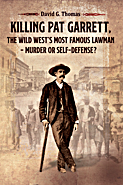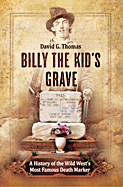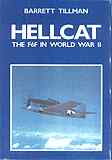|
|
||||||||||||||||||||||||
 |
||||||||||||||||||||||||
|
|
||||||||||||||||||||||||
|
||||||||||||||||||||||||
|
|
||||||||||||||||||||||||
 |
||||||||||||||||||||||||
 |
||||||||||||||||||||||||
 |
||||||||||||||||||||||||
|
|
||||||||||||||||||||||||
|
|||||||||||||||
|
Hellcat: The F6F in World War II |
|||||||||||||||
|
Book Review by Gerald W. Thomas, VT-4 |
|||||||||||||||
|
The Grumman Aircraft Engineering Corporation opened for business in 1930. The first experimental XF6F-1 was tested in June 1942 and a dozen F6Fs were delivered to the Navy in December 1942. By November 1943, the Grumman factory was turning out 400 Hellcats a month and over 130 TBF torpedo bombers. In all, over 12,000 Hellcats were built from 1942 to 1945. The author interviewed a number of Hellcat pilots and researched Navy and Grumman records. The pilot interviews were very revealing about the performance of this great plane. The appendix contains a list of top Hellcat Aces. Cdr David McCampbell from AG-15 (the Air Group replaced by AG-4) heads the list with 34 aerial victories. The next five Navy Aces flying the Hellcat and their kills are: Lt Eugene A. Valencia VF-9 (23 kills), Lt Cecil E. Harris VF-9 (22), Lt Alexander Vrancin VF-18 (19), Lt Patrick D. Fleming VF-80 and VB-80 (18), and Lt Cornelius N. Nooy VF-31 (18). Our Air Group Four fighting squadron will relate well to this history of the Hellcat. Although Fighting Four (the Red Rippers) started with F4F Grumman Wildcats in their first combat over North Africa while aboard the USS Ranger, the squadron shifted to F6F Hellcats when assigned to the Pacific with duty aboard the USS Bunker Hill and the USS Essex. VF-4, as well as other fighter squadrons in the Pacific, effectively used the F6F as a fighter bomber. The aircraft could carry a 1000-pound bomb and, as such, destroyed many ships and enemy shore facilities, besides making an impressive record in aerial combat. Hellcat: The F6F in World War II was published by the Naval Institute Press, Annapolis, Maryland in 1979. |
|||||||||||||||
|
Air Group 4 - "Casablanca to Tokyo" |
|||||||||||||||
|
|
|||||||||||||||
